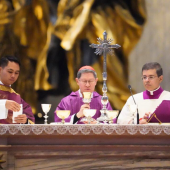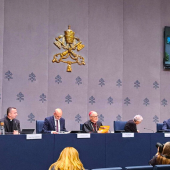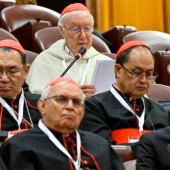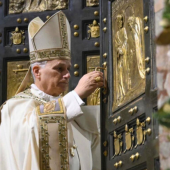Holy See and Italy Sign Landmark Agreement for Renewable Energy Plant Near Rome
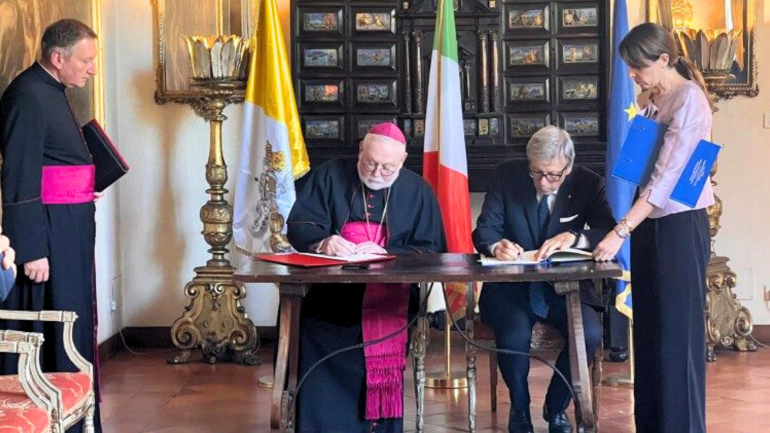
In a significant step toward environmental sustainability, the Holy See and the Italian Republic signed a bilateral agreement on July 31, 2025, to construct an agrivoltaic plant in Santa Maria di Galeria, a Vatican-owned territory just outside of Rome. The initiative aims to supply Vatican City State with renewable electricity while preserving agricultural activity on the land.
According to Vatican News, the agreement was signed at the Italian Embassy to the Holy See, with Archbishop Paul Richard Gallagher, the Holy See’s Secretary for Relations with States and International Organisations, and Ambassador Francesco Di Nitto representing Italy.
Comprising five articles, the agreement will come into effect once both parties have completed the necessary internal procedures and exchanged diplomatic confirmations.
The agrivoltaic project, described by Vatican News as a “tangible sign of the close bilateral cooperation” between the Holy See and Italy, is seen as a model for integrating ecological responsibility with diplomatic engagement. It aligns with international climate commitments under the United Nations Framework Convention on Climate Change and the Paris Agreement.
The planned installation is designed to have minimal environmental impact, protect local cultural and archaeological heritage, and maintain the hydrogeological balance of the area. The agrivoltaic system will allow the coexistence of solar panels and agricultural cultivation, making it a unique fusion of green technology and sustainable land use.
As highlighted by Vatican News, the project responds directly to Pope Francis’ vision of “integral ecology”, articulated in his encyclical Laudato Si’. The encyclical calls for a holistic approach to care for our common home, one that integrates concern for nature, justice for the poor, and responsible economic development.
This renewable energy initiative also resonates with the Church’s broader ecological commitment, particularly the Laudato Si’ Action Platform, which encourages Catholic institutions worldwide to adopt sustainable practices. By investing in clean energy while preserving agricultural livelihoods, the Holy See is not only reducing its carbon footprint but also modeling ecological conversion rooted in ethical stewardship.
Through projects like this, the Vatican continues to set an example of how faith-based institutions can contribute meaningfully to global climate goals while remaining faithful to their spiritual mission.
Radio Veritas Asia (RVA), a media platform of the Catholic Church, aims to share Christ. RVA started in 1969 as a continental Catholic radio station to serve Asian countries in their respective local language, thus earning the tag “the Voice of Asian Christianity.” Responding to the emerging context, RVA embraced media platforms to connect with the global Asian audience via its 21 language websites and various social media platforms.









